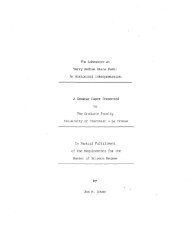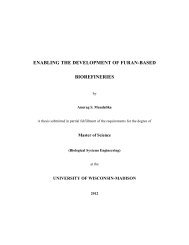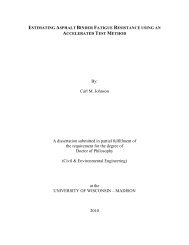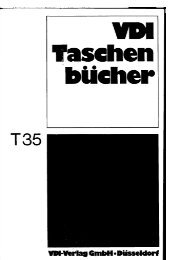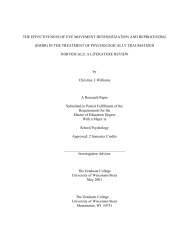William Stratton Ph.D. Thesis - MINDS@UW Home
William Stratton Ph.D. Thesis - MINDS@UW Home
William Stratton Ph.D. Thesis - MINDS@UW Home
Create successful ePaper yourself
Turn your PDF publications into a flip-book with our unique Google optimized e-Paper software.
X<br />
2( α + β )<br />
g<br />
1<br />
∝<br />
d<br />
1<br />
=<br />
d<br />
hkl<br />
2( α + β )<br />
Figure 2.3: Reciprocal space representation of the contributions to Δθ. α and β are the<br />
illumination convergence half angle and the objective aperture half angle respectively. θc is the<br />
acceptance angle of the Ewald sphere with the shape function of the lattice points which is<br />
proportional to 1/d. θc is the dominant factor in the Bragg active function calculation. Figure<br />
from 87 .<br />
accepts rays with a half angle β = Qλ with respect to the optic axis, effectively increasing the<br />
Ewald shell thickness. The second contribution comes from the small size of the nanocrystals.<br />
For a finite crystal, each reciprocal lattice point is replaced by a shape function, which for a<br />
spherical crystal is a series of concentric shells. The width of the first shell is ~1 d . For a<br />
θc<br />
32





